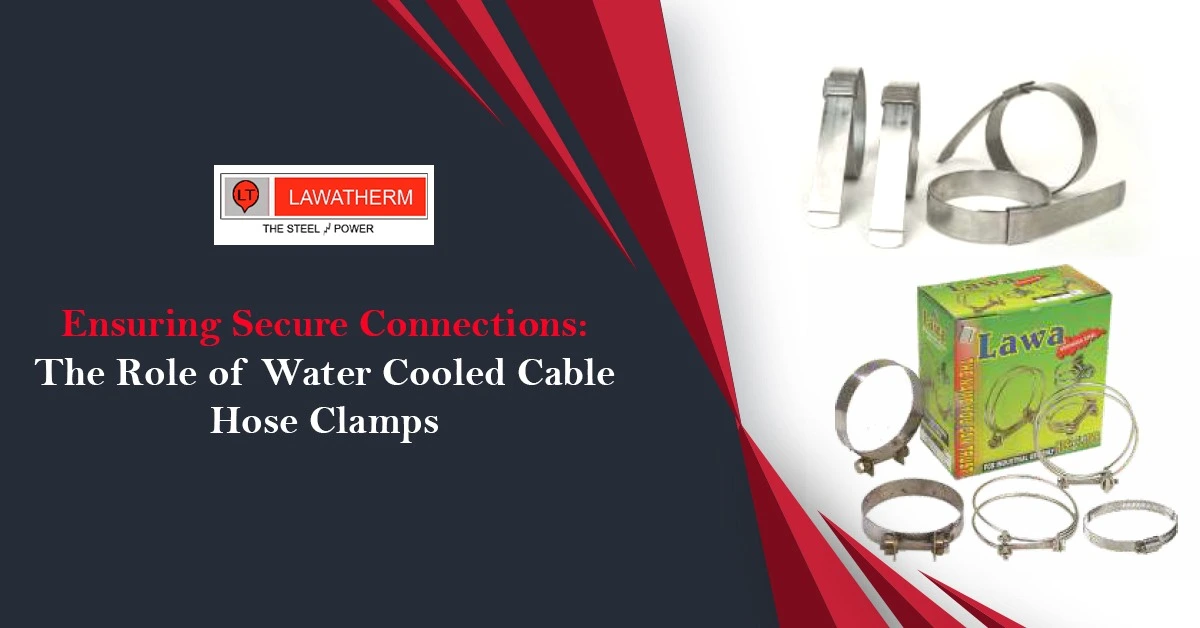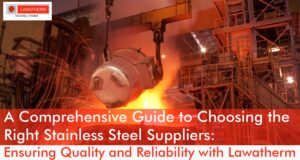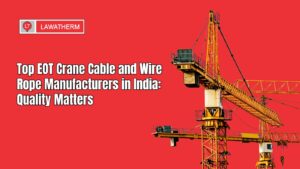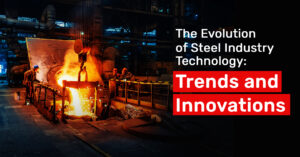People often overlook small parts in big systems. Take hose clamps in induction furnaces, for example. Not exactly exciting, right? But they matter. A lot. Especially when you’re dealing with water cooled cable hoses that run through intense heat and vibration all day.
If the clamps don’t hold up, nothing else really works the way it should. Cooling fails. Heat builds. Things break. You don’t want that.
Why They’re Important (Even If They Don’t Look It)
So here’s the deal. Those water cooled cable hoses are there to keep things from overheating. The induction coil, for instance—it gets hot fast. That’s its job. But it also needs to stay cool enough not to fry itself. That’s where the cooling system kicks in.
But the cooling only works if the hoses stay in place. And they stay in place because of—yep—hose clamps.
Now, maybe it seems like any old clamp would do. But from what I’ve seen, that’s not the case. Cheaper clamps loosen over time. Vibration, heat cycles, and pressure shifts all play a part. I’ve heard from people who had to shut things down just because a clamp slipped and caused a leak.
Not Just Furnaces—Cranes Too
There’s a crossover here with cranes. In steel plants, cranes lift and move a lot—heavy loads, long shifts, no room for error. And many of those crane systems also rely on fluid lines or cooling setups. If a clamp gives way? Could be a safety risk. Or at least a delay you didn’t plan for.
So yes, even in crane spare parts, you’ll find hose clamps doing quiet but necessary work.
What Makes a Clamp Worth Using
From a practical standpoint, you want something that doesn’t corrode, doesn’t snap under pressure, and fits right. That’s basic, but it’s also easy to get wrong if you’re not paying attention.
I think that’s where Lawatherm gets it right. Their clamps are made for this kind of work. High heat. Mechanical stress. Constant cycles. They’ve been in the game long enough to know what works—and what doesn’t.
You can pair them with other parts too—induction furnace components, crane spares, hydraulic spare parts—you name it. Everything fits into the broader system of a steel manufacturing process, and if one part fails, the rest can follow. That’s kind of the point here.
Not Always Obvious, But Always Necessary
Look, no one’s really excited about clamps. I get it. But that doesn’t mean you can ignore them. They’re like the quiet backbone of a lot of complex equipment. When they’re doing their job, you won’t notice. When they don’t… well, you will.
If you’re running an induction furnace or you’re deep into plant maintenance, this is one of those small decisions that ends up being a big one. You either buy once or fix repeatedly.
And if you’re not sure where to start, maybe just ask someone who’s been through a few breakdowns. Or try Lawatherm’s clamps and see how they hold up over time. I mean, it’s a clamp—but it still counts.




